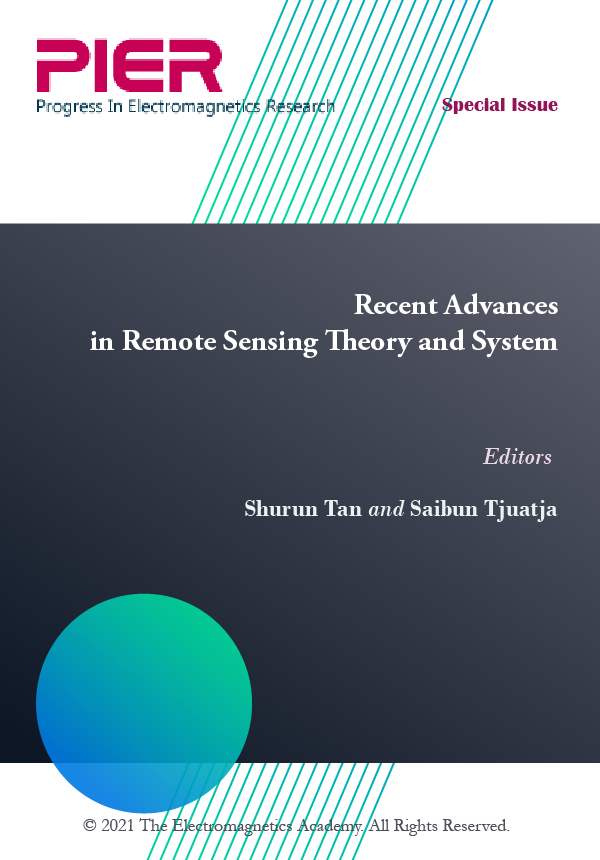WIDEBAND RCS REDUCTION OF HIGH GAIN FABRY-PEROT ANTENNA EMPLOYING A RECEIVER-TRANSMITTER METASURFACE
IF 9.3
1区 计算机科学
Q1 Physics and Astronomy
引用次数: 19
Abstract
This paper presents a high gain Fabry-Perot antenna with radar cross section (RCS) reduction property. A receiver-transmitter metasurface is designed and used as the partially reflective surface (PRS) of the antenna to realize high gain and wideband RCS reduction. Firstly, the working principle of the unit cell is similar to the reception and radiation of two patch antennas. The unit cell is designed to present high reflectivity through tuning the impedance matching between two patches. This can ensure that the antenna obtains high gain. Then, the ground plane in the middle makes the reflection phase from different sides of the unit cell be tuned independently. Two unit cells with same reflection phase from the bottom side and 180◦ reflection phase difference from the top side are obtained through tuning the size of the transmitter patch. With the improved chessboard arrangement of these two unit cells, the incident wave can be scattered into many directions. So the metasurface presents a good RCS reduction property. More importantly, thanks to the high reflectivity of the metasurface, almost all the electromagnetic waves from the outside are reflected and rarely enter the cavity. Therefore, the antenna achieves good in band RCS reduction. The measured results of the fabricated antenna agree well with the simulated ones, which verify the correctness of the design. The antennas reaches the maximum gain of 18.2 dBi at 10 GHz. Wideband RCS reduction and good in band RCS reduction are also obtained by the antenna.采用接收-发射超表面的高增益法布里-珀罗天线的宽带RCS降低
提出了一种具有雷达截面积减小特性的高增益法布里-珀罗天线。设计了接收机-发射机超表面作为天线的部分反射面,实现了高增益和宽带RCS的降低。首先,单元格的工作原理类似于两个贴片天线的接收和辐射。通过调整两个贴片之间的阻抗匹配,设计出高反射率的单晶片。这样可以保证天线获得高增益。然后,中间的接地面使得来自单元格不同侧面的反射相位独立调谐。通过调整发射机贴片的大小,获得了底部反射相位相同、顶部反射相位差为180◦的两个单元格。通过改进的棋盘状排列,入射波可以向多个方向散射。因此,该超表面具有良好的RCS还原性能。更重要的是,由于超表面的高反射率,几乎所有来自外部的电磁波都被反射,很少进入腔体。因此,该天线达到了较好的频带RCS抑制效果。制作天线的实测结果与仿真结果吻合较好,验证了设计的正确性。天线在10ghz时最大增益为18.2 dBi。该天线还获得了宽带RCS降频和良好的带内RCS降频。
本文章由计算机程序翻译,如有差异,请以英文原文为准。
求助全文
约1分钟内获得全文
求助全文
来源期刊
CiteScore
7.20
自引率
3.00%
发文量
0
审稿时长
1.3 months
期刊介绍:
Progress In Electromagnetics Research (PIER) publishes peer-reviewed original and comprehensive articles on all aspects of electromagnetic theory and applications. This is an open access, on-line journal PIER (E-ISSN 1559-8985). It has been first published as a monograph series on Electromagnetic Waves (ISSN 1070-4698) in 1989. It is freely available to all readers via the Internet.

 求助内容:
求助内容: 应助结果提醒方式:
应助结果提醒方式:


